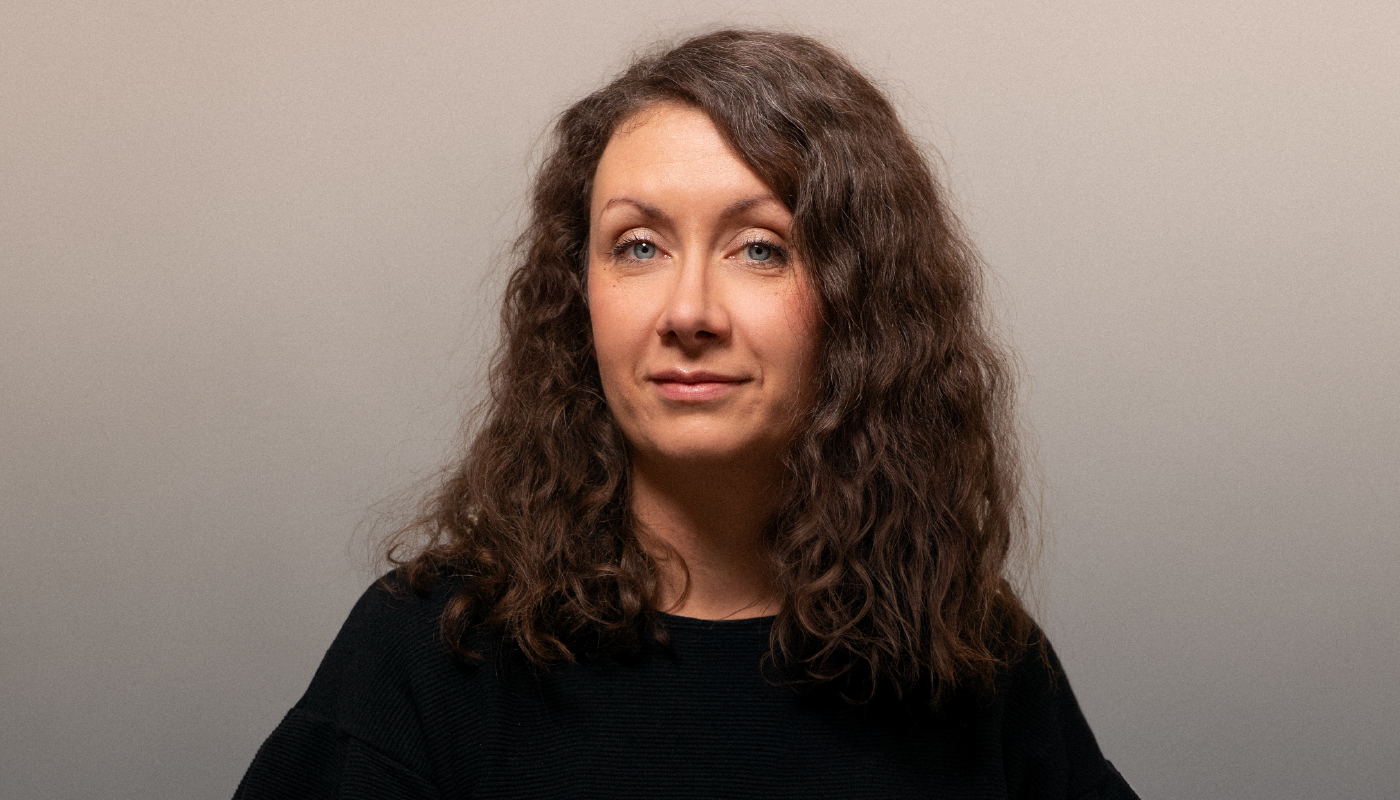In the spring of 2015, we wrote about the most important trends in Finnish content production on Vapa’s blog. Many things have changed over the decade – or have they?
Claim 1: The legacy of paper is not dead
True. The legacy of the print world lives on strongly as part of content marketing today. Editorial meetings that drive continuous content planning and production, content types and publication plans carefully designed like print magazines, and strategic content development make content strategy a reality. These essential elements of content planning ensure that the work is ongoing and that successes and failures are used as lessons for the next content planning and production cycle.
Claim 2: Brands seek visibility from mass eventsVäite 2: Brändit hakevat näkyvyyttä massatapahtumista
False. While event marketing is still important, digital marketing has changed the way brands participate in events. For example, DoorDash grabbed attention during the Super Bowl by offering to deliver products from every commercial with a promo code, and rewarding one lucky winner with all the products advertised during the game, from snack bars to cars. DoorDash did not appear at the event itself or in its commercial breaks, but it managed to create a phenomenon around it. In Finland, we haven’t seen something similar yet, but for example, Hartwall has managed to build a phenomenon around a product feature – the greyest day of the year.
Claim 3: Technology and content are one
True. The line between content and technology is becoming increasingly blurred. The reading experience is often much more than just text. Content creators need to understand technology, and technology needs to understand content. In the race with AI development, the content creator’s shield and sword are understanding and the ability to use AI tools for background research, planning content, and enhancing the content expert’s work.
Claim 4: Social media stars are carving out space for themselves
False. Social media, its influencers, and followers have perhaps made the biggest leap in content marketing over the past decade. Influencer marketing is still important, but the collaboration between brands and social media influencers has become much more diversified and professional. Additionally, so-called niche influencers, or micro-influencers, have been harnessed to deliver brand messages to their followers. As noted in Vapa’s and Noren’s “Gen Z Sees Through Your Brand” research report, especially young people admire those who dare to be authentically themselves on social media and clean their follower lists of influencers they now see as inauthentic and superficial. This collective resistance to the demands for perfectly curated facades is also visible internationally, for example, in the popularity of the BeReal app or Instagram accounts challenging the traditional “perfect lifestyle” with Finsta accounts (Fake Instagram).
Claim 5: 30 seconds is no longer the automatic length of a good video
True. If 30 seconds wasn’t the ideal length for a good video in 2015, it isn’t now either. In the era of short videos, even shorter videos are hugely popular on platforms like TikTok. On the other hand, an interesting topic may captivate viewers for several minutes. Who wouldn’t be interested in watching a pool being cleaned or a dirty rug being washed? Amid the flood of videos, video elements like an attention-grabbing hook at the start and an anchor that maintains interest are becoming increasingly important. While video is still number one on most social platforms, content shouldn’t be created with format as the priority. The same principle still applies: the form of content and the platform it’s published on should be determined by the goal. As one of my colleagues wisely wrote ten years ago: The most important thing is to create a great story and content concept first, and only then think about how the target audiences will engage with the story. The platforms, content forms, and execution come last.
Claim 6: A company doesn’t barge into the conversation but enriches the trend
False. It’s good to be aware of content marketing trends and participate in them, but nowadays the emphasis is on authenticity and the brand’s own voice. Brands can start building thought leadership or owning a conversation topic with the help of their articulate experts. Participation in trends is more of an extra spice than a hobby horse for brands to ride to popularity.
Claim 7: The functionality of content is everything
True. I wouldn’t change two things, and they are a well-defined goal and a clear metric. As a central part of effective content marketing, content creators still need to know why each piece of content is being made. If that’s not clear, the perspective may remain lukewarm, and the result confusing. Not all content needs to lead to sales, but the content will be planned very differently if its goal is to enhance the employer brand, generate leads, or provide information to support purchasing decisions.
Claim 8: Companies hire content specialists and partner up
True. The solution for high-quality and sustainable content production is not (at least yet) AI, but the in-house or partner agency content planning and production professionals. Continuous, effective content production requires time and learning. This is still true, but I would add strong industry knowledge and an understanding of people to the list. Much of a content planner’s job involves talking to people, fishing out the essential details, and piecing thoughts together. AI tools are great helpers for background work, information integration, and final touches, but they don’t handle interviewing a nervous expert or a customer opening up their personal experiences with the same professionalism as content planners. As long as the content planner’s feedback is: “Thank you, you articulated me so well,” there’s still a place for them.
